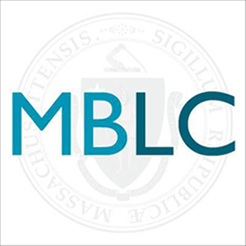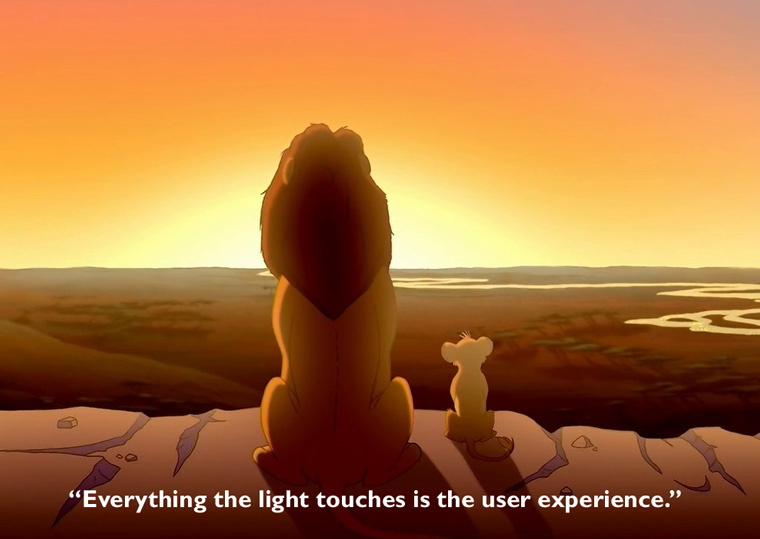
By Lauren Stara, MBLC Library Building Specialist
The Library: a World History came out a few years ago and I did a blog post to the short-lived MBLC Construction Blog in January of 2014. I wanted to share it here because it was such a great read.
The book was written by James W.P. Campbell, with photographs by Will Pryce. I saw the review and it sounded interesting, but to be honest I thought I’d ooh and aah over the photos and put it on the shelf.
Au contraire. I started reading the introduction and I realized that this was not just a doorstop with pretty pictures. I’m about half-way through and I have learned about form and design in the library building type from ancient Sumer to the late nineteenth century. I’ve gleaned some great cocktail party conversation starters. For example, did you know that most of the knowledge we have about the earliest libraries is because of fire? Clay tablets, usually just baked in the sun, were “fired” when their building burned. These hardened tablets are the ones that have survived, in contrast to the total destruction of papyrus, vellum and paper in fires. Later libraries were entirely lit by daylight until the advent of electricity, since the potential destruction by lamps or torches was so great.
As the format and production of books evolved, so did the spaces and shelving styles that house them: from lecterns to alcoves to perimeter shelving; from chained books to grillwork cabinets to open shelves. We think we have it bad now, with collections growing out of the available space – imagine the poor librarians right after the printing press was invented! Collections, literacy rates and the services required grew exponentially.
The 21st century is the first time since Gutenberg that the shape of libraries has been determined by something other than printed books. People are using public libraries in unprecedented numbers. They want access to collections, sure, but they also want internet via library stations and wi-fi, programs and activities, and just a place to hang out. Libraries have become the de facto community center in many places, and people take up more space than books do.
We’re in a period of great flux now, and it’s harder than ever to answer the question “what will libraries be like in 20 years?” Over the last several decades, librarians have proven to be masters of resilience and flexibility; our buildings must reflect that flexibility. Mobile technology, furniture and shelving with a welcoming atmosphere and a philosophy of service is the model that seems to be working. We have to be ready for anything.
Postscript: this fabulous quote from the book shows that some things never change:
“The results of Beaux-Arts planning were all too often libraries in which librarians worked in increasingly impractical layouts, designed to look good on plan rather than function well in reality. This was the tyranny of the symmetrical plan.” –p. 225
We have this book in the MBLC professional collection, available through NOBLE or the Commonwealth Catalog.

